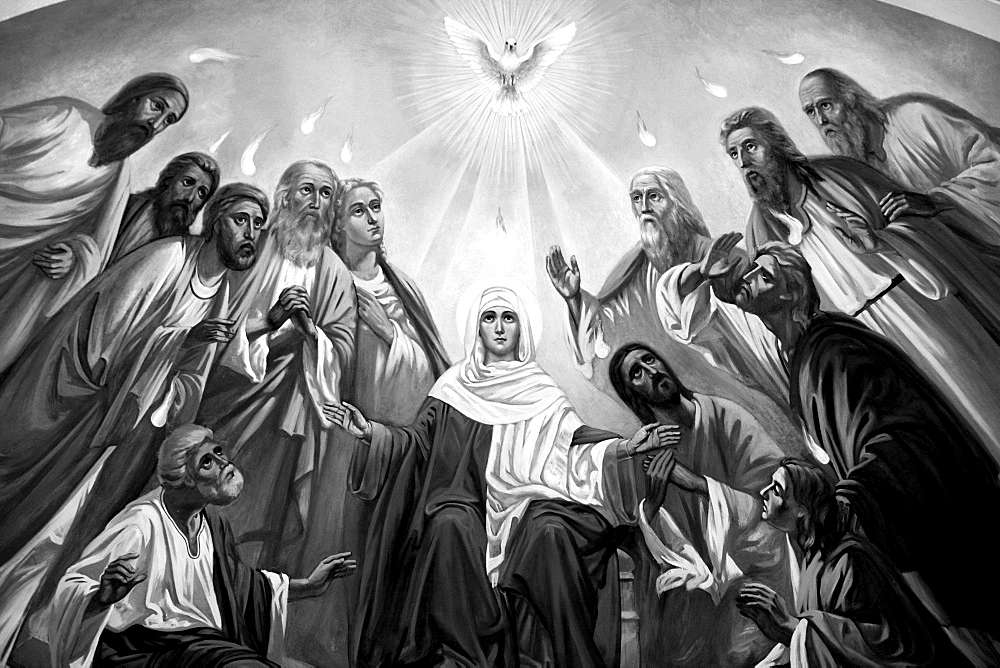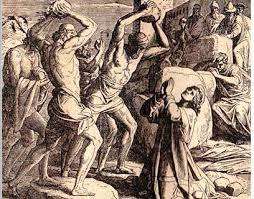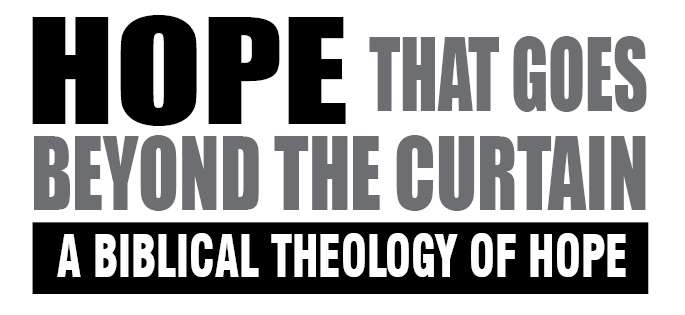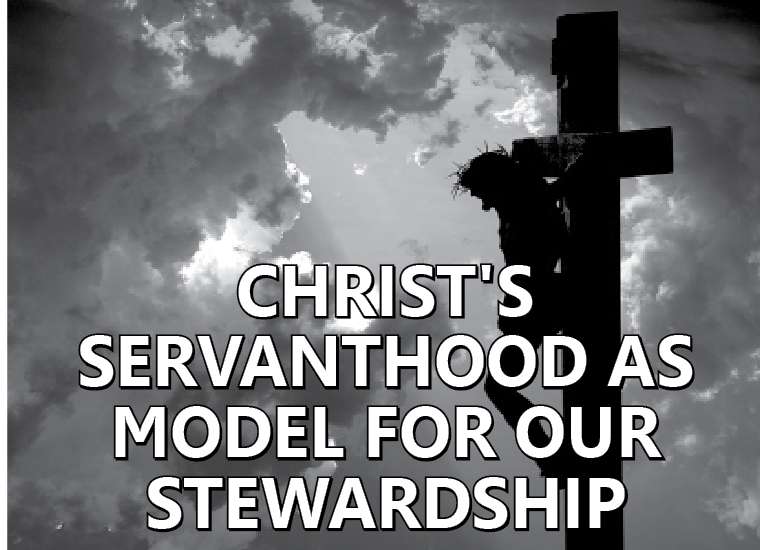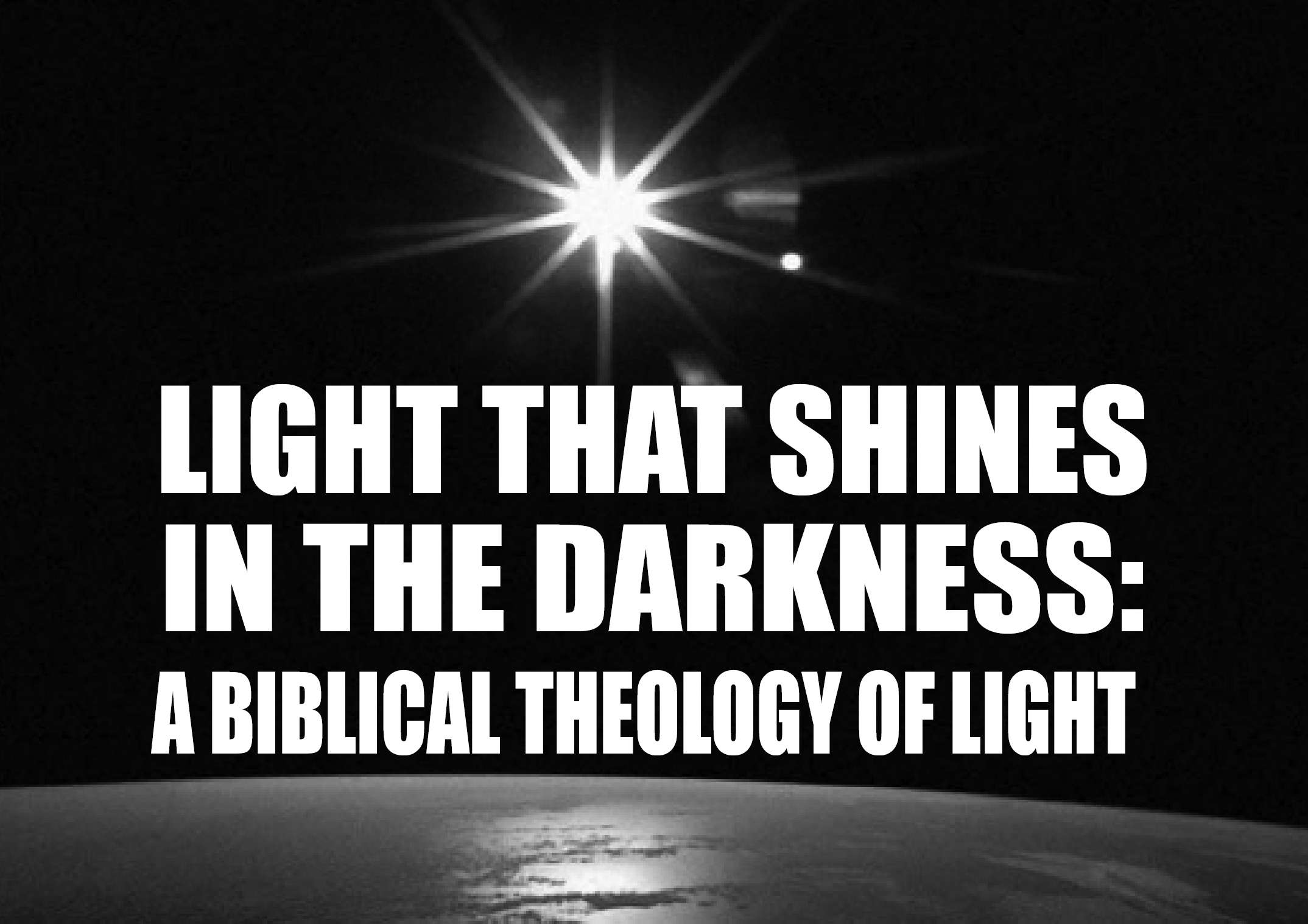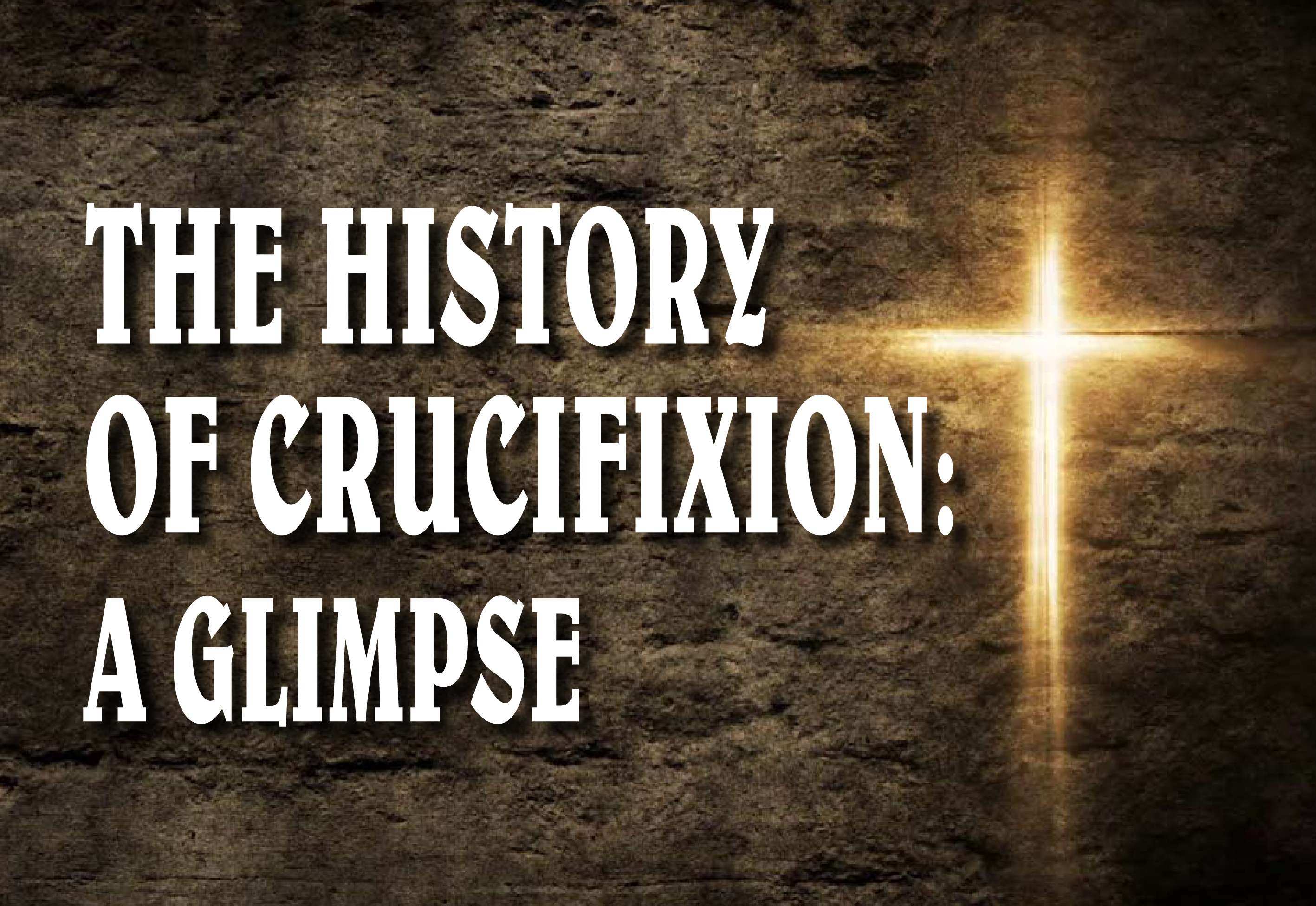
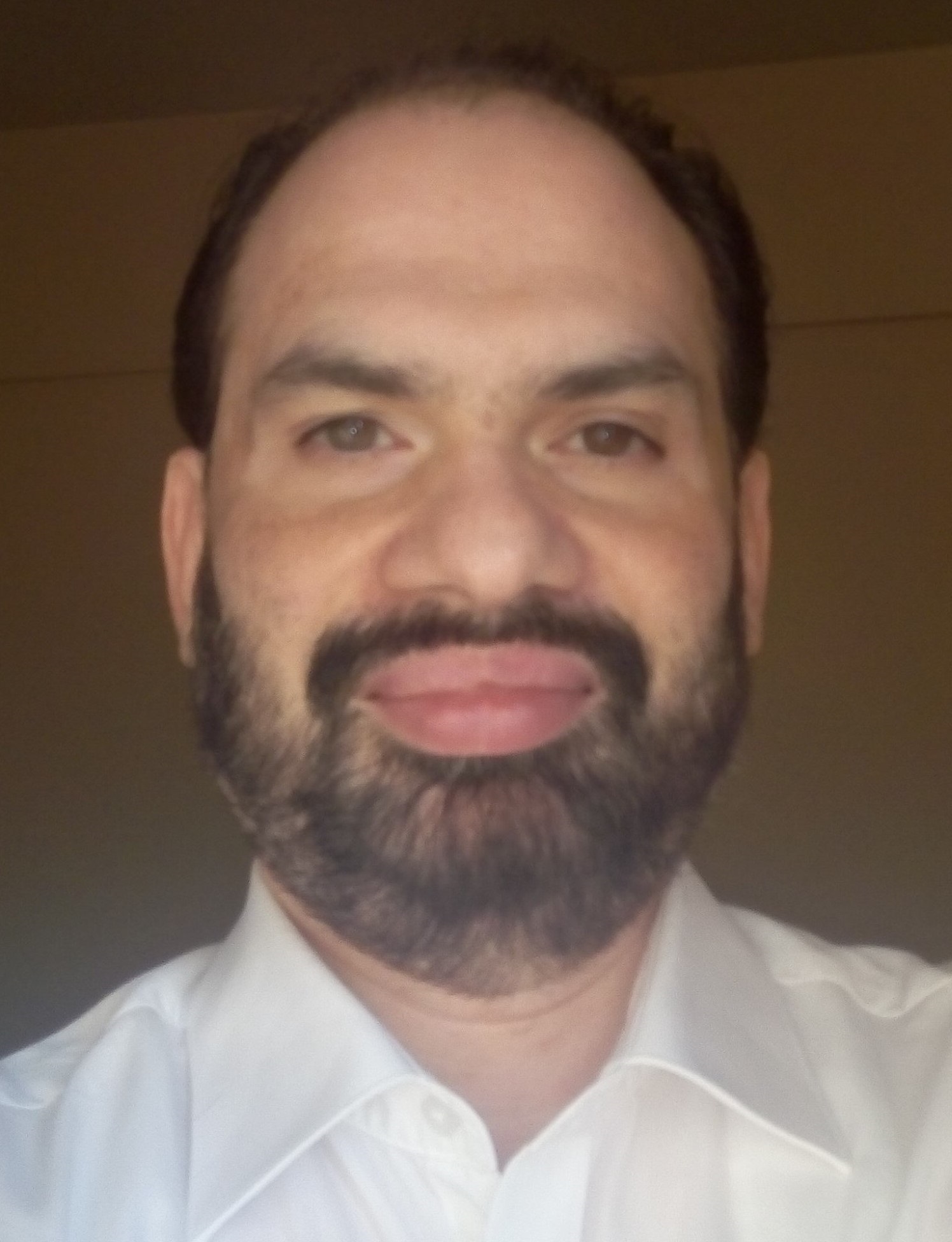
A Brief History of Theological Education
Dr. Shaibu Abraham
The New Testament Era (till c.100)
Theological education as a formal category similar to the contemporary era is neither found in the Old Testament nor in the New Testament histories. A different mode of education was followed to inculcate spiritual truths; a community based oral communication was prominently employed for religious education. We find instances of imparting stipulations of laws, morality and traditions to the people Israel down through the history of Israel. In later stages, we encounter people like priest Ezra, who were known as "the scribe and a scholar of the text of the commandments of the LORD and his statutes for Israel" (Ezra 7:11). Such instances can be attributed to the development of the emergence of the specialised guild of scribes and teachers of the law as we find in the time of Jesus.
As we observe the gospel stories, these formal interpreters of the Mosaic law and traditions exerted a great deal of influence upon general population. Their prescriptions of ritualistic purity, way of life, morality and religious rituals had been frequently crossed the path of Jesus and we read Jesus' condemnation of Sadducees, Pharisees, scribes and teachers of the law in his public ministry in various occasions. Jesus was scathing in his attack on them; “The scribes and the Pharisees sit on Moses’ seat; therefore, do whatever they teach you and follow it; but do not do as they do, for they do not practice what they teach" (Matt. 23:2). Jesus, in most of his interactions with them, took extra efforts to correct their erroneous views by revealing the "spirit of the law," thus retrieved the original meaning. He invited them to repent and enter into the kingdom of God by turning away from their ritualistic religious practices.
At this juncture, it is noteworthy to point out two famous schools of religious/theological schools existed contemporaneous to Jesus' ministry but in existence before two generations, namely schools of Hillel and Shammai, which interpreted the law and traditions with differing hermeneutical methods. As the Apostle Paul testifies, he was trained under Gamaliel I, the grandson of Hillel, in his pharisaic training before his conversion. To be educated under Gamaliel was a certification of authority in matters of law and it was evidenced by Paul’s statement of assertion before the Jews of Jerusalem (Acts 22:3). Moreover, we also find Gamaliel's great influence upon the Jewish Sanhedrin while the apostle Peter and other early Christians were questioned for proclaiming salvation through Christ (Acts. 5: 33-39). He was able to bring a resolution to the raging issue of emergence of the Christian movement in Jerusalem, the bastion of Judaism.
As we turn to the early part of the history of the New Testament, the apostles neither followed a systematic form of education nor carried out a formal and planned programme to train future generation of the church. Most of the pedagogical process were carried out in informal setting, accompanied by the power of the holy Spirit; spiritual elements like speaking in tongues, prophecy, word of wisdom, miracles were given prominence. The emphasis was given for missionary activities to bring more people to the newly formed Christian community through preaching and performing of miracles, proving Jesus as the messiah and saviour of humanity and the eschatological hope that was imminent. Moreover, along with the teaching of Jesus, his suffering, death and resurrection, prominence was placed on living an ethical life in midst of their gentile neighbours, led by the Spirit (Rom. 8:9-14; Gal. 5:16-26).
In this process, the apostle Peter, Paul and other early leaders trained a second generation of leaders like Mark, Timothy, Titus, Philemon and many others as mentioned in the epistles, who stood as the strong pillars of the later church communities in various places. The apostle Paul not only did pass on to them scriptural knowledge but also encouraged them to be diligent in both learning and teaching: “And the things that you have heard from me among many witnesses, commit these to faithful men who will be able to teach others also” (2 Tim. 2:2). Even though these second generation leaders were not trained in a formal setting as we do, but their constant interactions with the apostles had given them ample opportunities to learn the basic Christian doctrines in an informal settings. We also find clear stipulations presented in the letters of Paul to timothy and Titus, how should a Christian minister behave in personal and church setting and certain qualities needed for a minister; A minister should present oneself to God as one approved by him, a worker who has no need to be ashamed, rightly explaining the word of truth (2Tim.2:15, 24-25); He must have a firm grasp of the word that is trustworthy in accordance with the teaching, so that he may be able both to preach with sound doctrine and to refute those who contradict it (Tit.1: 9; 2:1, 2Tim.1:13; 1Tim.5:17). It is obvious that these pastors and teachers were being taught and trained in a continuous process of close interactions with the early leaders and many of them were companions of the apostles. Thus, in the early history of the church itself we find an informal system of missionary and ministerial training, though not in the modern sense of theological education. Even in the late second half of the first century, the same New Testament method of ministerial training was continued along with the empowerment of charismatic gifts. The Didache and the Shepherd of Hermas, the early Christian non-canonical sources give evidence of the charismatic nature of the ministry of ‘apostles, prophets and teachers,’ not of any formal training.
The Early Church Age (c.100-500)
Some historians believe that the first theological school (known as the Catechetical School) was founded by Mark the evangelist at Alexandria. Jerome (347-420) wrote that Mark was the first who preached Christ at Alexandria and “formed a church so admirable in doctrine and continence of living that he constrained all followers of Christ to his example.” Jerome also refers to him as the “learned Mark.” A number of scholars have concluded, based on such references by Jerome and Eusebius the historian, that Mark was the first head of the School at Alexandria. However, other scholars content that it was Bishop Demetrius, towards the close of the second century founded this institution and it had a great influence on theological development and grew to its greatest heights. This institution was known for its teaching of Christian theology, set forth in the form of a commentary on the sacred books as well as moral and religious philosophy. Alexandria was a city of learning with one of the largest libraries in the world and evidently posed philosophical challenges to the Christian faith. Therefore, it was natural that a school of theology to begin here. Subsequently, Origen also became the leader but later developed a similar institution in Caesarea. It produced notable missionaries like Gregory the Wonder-worker and Apostle of Pontus, who studied under Origen at Caesarea. According to Max Mueller, the Alexandrian School was a cradle of theology, at a time when some Christian teachers viewed Greek philosophy as the works of the devil. Clement of the School of Alexandria, argued that there was no antagonism between philosophy and religion. It is also well-known fact that from here came the refutation of the heresies propagated by Celsus and Arius (Arianism).
The Early Medieval Period (c.500-1000)
The Early Medieval Period saw a rise of monasteries in different parts of the Christian world. These monasteries became places of learning for the monks who were separated from the world and sought intimacy with God. Monks were required to actively engage in reading and learning. In course of time, the monasteries moved increasingly in the direction of theological and philosophical reflection. Here, the scriptures of the Church Fathers were copied and read. Monasticism became very popular throughout the devout Byzantine empire. In later stages, monasteries were founded in increasingly inaccessible places. Monks and nuns in the medieval monasteries studied not only the scriptures but also philosophy, science, history, classical poetry, and medicine. In fact, the monasteries played an important role in preserving scientific knowledge. In the fourth century, noteworthy figures who sought to advance theological education were Jerome, Basil of Caesarea and the ‘Cappadocian Fathers’ and they had begun to steer monasticism in the direction of scholarship. In Ireland, monasteries became famous centres of learning. Irish monks ranged far and wide in Western Europe doing valuable missionary service.
The Later Middle Ages (c.1000-1500)
By the later middle ages Europe was Christianised and the main focus was to promote the establishing of the kingdom of God on earth. This was an era of Christendom in which the Pope had enormous political power and the dividing line between the sacred and the secular was almost invisible. Pope and Emperor assumed final responsibility for affairs of Church and State respectively and as a result it is difficult to isolate ministerial training from that given in preparation for the service of God in the state. As a result, training for ministry had nothing much in difference from training for service of God in the state. This era saw the emergence of the university.
The Reformation Period (c.1500-1700)
The Reformation period has ushered a new era in the field of theological education. However, it is also noteworthy that the Reformation took place against the background of another renaissance of 'going back to the original sources'. This is known to be 'the Northern Renaissance,' with its emphasis on Christian basis, exploring original languages of the Scripture for the ministerial task. Special attention was given to historico-grammatical studies. The Reformers like Luther and Calvin placed increasing emphasis on sola scriptura and a purging of Christian thought of all superstitious, mythical, and non-biblical elements prevalent before this era. The main focus turned towards a historical-grammatical study of the Scriptures in the original languages rather than following the allegorical method of interpretation. The reformers were also greatly influenced by humanism. Melanchthon at Wittenberg as well as Calvin at Geneva and the numerous centres of training set up in the Netherlands, Scotland, and later North America, under the direct or indirect inspiration of Calvin’s Academy at Geneva.
The Post-Reformation Period (c.1700-1950)
Till the seventeenth century, the theological ideals formulated in the apostolic period and later theological development were held by the Western Christianity, though devoid of the original fervour. Nonetheless, seminaries and universities followed a renewed academic outlook. However, after 1650s, an explosive era in the Western intellectual history, commonly known as "the Enlightenment" had emerged. The basic credential of this period can be termed as 'reason,' beginning with 'doubt' as the first principle of reasoning. Hence, the well-known adage of Cartesian philosophy emerged: "I think, therefore I am" (Rene Descartes 1596-1650). Moreover, the Enlightenment period also witnessed great leap in scientific discoveries and emerging scientific principles completely changed the previous world-view of piety. From this point, instead of divine revelation, 'reasoning' formed the beginning point of philosophy. Theologians were in many ways forced to emphasise reason within, rather than the voice of God from above. The newly emerged scientific world-view began to question Christian doctrines that was consistent with the earlier Christian world-view. Thus, the religion of reason replaced the earlier focus on dogma and doctrine of the church. As a result, the West witnessed the emergence of liberal theology in the 20th century; theological learning became a rational pursuit of focusing on the world and looking at the scripture as a human endeavour rather than divine revelation. Besides, theological education moved into secular universities and like other subjects. Hence, theology became technical and specialized scholarly undertaking among other life sciences and the only focus was attaining highest scholarship. Indeed, such endeavours increased higher academic knowledge of the scripture, but its spiritual message and supernatural elements like miracles were all considered as myth. The fallout of such developments were tragic as those trained in universities seldom able to cater the spiritual needs of Christians, perhaps resulted in erosion of Christianity in Europe in the last century.
Along with this development, Europe also witnessed another spiritual movement initiated by John Wesley (1703-1791) and others that ushered various revivals in many parts of Europe and US. Emphasis was placed on methodological Bible study, holiness and later stages witnessed the experience of the baptism in the Holy Spirit, thus taking supernatural elements as integral part. All protestant churches in the West were influenced by the spiritual renewal leading to the birth of the Missionary Movement. This spiritual move steered theological education in a different direction, emphasising on interpretation of the scripture with its insistence on ministerial and missionary training. John Wesley underlined the need of pastoral education and met with his leaders from time to time giving them lectures on theology, logic, and pastoralia. Also notable were the Bible Training Institutes founded by D. L. Moody, situated in cities like Chicago and Glasgow. Moody’s training institutes emphasized on leadership training and evangelism over academic standards. The 19th century marked the emergence of theological colleges.
Theological Education in India
The coming of missionaries to India from the Western missionary movement also witnessed establishing of the Serampore College by William Carey, Joshua Marshman and William Ward in 1818. Later colleges like United Theological College, Bangalore (1919) and Bishop’s College, Calcutta (1920) were established. In the Evangelical circle, the joint efforts of the Evangelical Fellowship of India had resulted in the formation of the Union Biblical Seminary, which was begun by Frank Kline in 1953, as a Marathi Medium School in Yavatmal, Maharashtra. Then in 1983, the Seminary was relocated to Pune. Most of these institutions keep academic quality with interdenominational and ecumenical convictions.
Pentecostal Theological Education in India
It is also significant to have a glimpse of Pentecostal theological education, especially in Indian context. The revival movement began by John Wesley and the Holiness movement later triggered the formation of Pentecostal movement in the beginning of 20th century in US and Europe and various parts of the world. The early Pentecostals were particular about preaching the gospel to end of the earth in anticipation of the imminent return of Christ. Even though this urgency for mission had negative impact on systematic theological education as we understand today, they emphasised the systematic learning of the Scripture, the experience of the baptism in the Spirit, imparting charismata in informal setting. Emphasis was given to missionary training so as to send as many people as possible to "the end of the earth."
The coming of the western Pentecostal missionaries to India in the beginning of twentieth century along with the emergence Indian Pentecostalism with its revival fervour saw mushrooming of many missionary training schools in various parts of India. The Kerala Pentecostalism played a major role in educating many young men and women for cross-cultural training. Here it is noteworthy to mention the earliest Bible schools: Mount Zion Bible School, that was begun as a home Bible training centre by Robert F. Cook in Kottarakkara (1922) and later in 1927 relocated to Mulakkazha near Chegannur; Bethel Bible College, that was established in Mavelikkara by John H. Burgess (1927), the first Bible school of Assemblies of God outside the US and later relocated to Punalur; Hebron Bible School in Kumbanad, established by K.E. Abraham (1930) and so on. Similarly, north of India had also seen the establishment of many Pentecostal Bible schools focusing on missionary and pastoral training: Maranatha Bible School by Harry Lidle in 1945 and later relocated to Dehradun and named as the Doon Bible College in 1962; Kurien Thomas had begun a Bible school, in Itarsi, Madhya Pradesh and now known as Central India Bible College; Filadelfia Bible College by Thomas Mathews, in Udaipur, Rajasthan, training many native missionaries. All these schools were focused on mission as well as pastoral training to further growth of Pentecostal churches. Now hundreds of theological colleges exist from Pentecostal fold to train pastors, missionaries and teachers emphasising academic, ministerial and spiritual pursuits.
In conclusion, it is obvious that theological education has undergone various ups and downs throughout its long history and still evolving to suit the changing times. It is safe to say that in the future, it may encounter further evolutions to cater the spiritual needs of the faithful.





